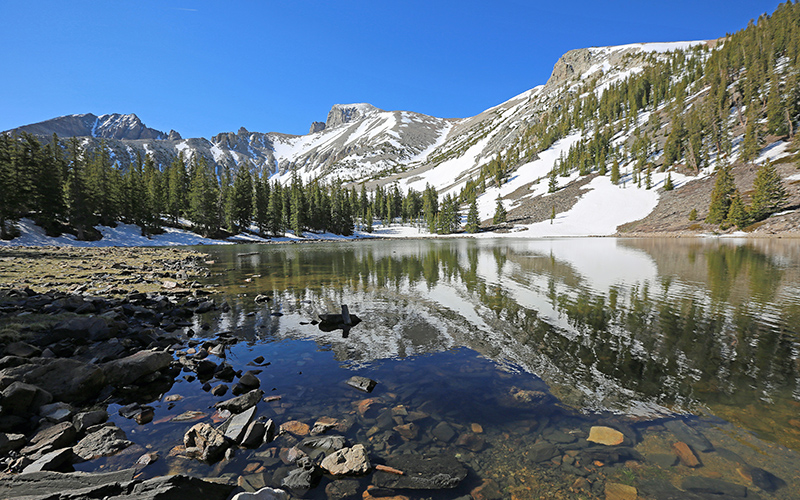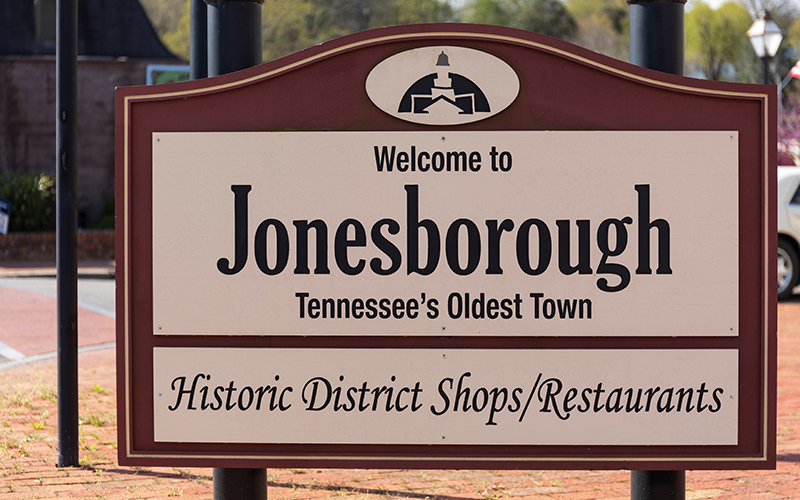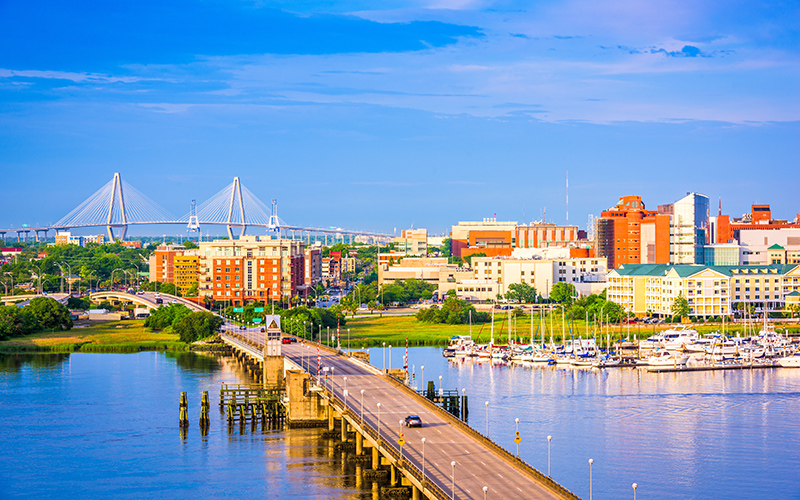Traveling is always a good way to bond with friends and family. But many others have the same idea. Instead of joining the crowds going to Yellowstone or Yosemite, why not check out a more peaceful alternative? For this, the equally beautiful but underrated US National Park should be at the top of the list.
Underrated US National Parks to Visit
The United States is home to more than 400 national parks, but only a fraction of them see the lion’s share of visitors. Yes, the big-name parks have their well-earned reputations. However, many lesser-known sites offer equally stunning landscapes, rich wildlife, and incredible hiking—with far fewer people. This spring, skip the crowds and explore some of these under-the-radar gems instead.
1. Lassen Volcanic National Park, California

Found in Northern California, Lassen Volcanic National Park is a geological sight to behold. Lassen offers a unique blend of steaming volcanic vents, hot and boiling springs, and snow-capped volcanoes But unlike its more popular neighbor, Yosemite, it doesn’t have overwhelming crowds.
Here, you can find the park’s namesake, Lassen Peak. It’s one of the world’s largest plug dome volcanoes. In the proper conditions, you can climb and visit this geological marvel in a day if conditions allow.
If you want to visit the area, consider going in the spring. During this time, the lower elevations begin to thaw, revealing meadows dotted with wildflowers. Here, you can hike along the Bumpass Hell Trail for beautiful nature views. For some peace and quiet, you can go to Manzanita Lake.
2. Great Basin National Park, Nevada

Want to experience the owners of star gazing? Put the Great Basin National Park at the top of your bucket list. Situated in eastern Nevada, this remote park offers some of the darkest night skies in the continental U.S.
This national park is home to ancient bristlecone pines, which are some of the oldest living trees on Earth. Great Basin also features a diverse terrain, which includes desert, forest, and alpine ecosystems. The best part? You can find it all within a relatively compact area. You can explore the Lehman Caves with a ranger-led tour or hike to the subalpine Stella and Teresa Lakes starting in Spring.
3. Congaree National Park, South Carolina
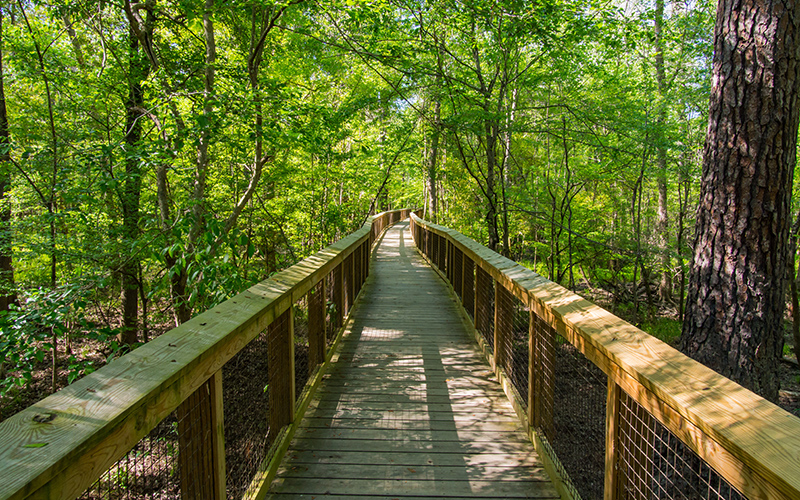
Located just outside Columbia, South Carolina, Congaree National Park is often overlooked despite being a hidden treasure in the southeastern United States. It’s the largest intact expanse of old-growth bottomland hardwood forest in the country and offers a unique ecosystem filled with towering trees, diverse wildlife, and serene waterways.
Spring brings a flush of green, perfect for kayaking the Cedar Creek Canoe Trail. You can also hike through the Boardwalk Loop Trail, leading you into the heart of the forest without getting your boots muddy. Birders will appreciate the park’s spring migration activity, and it’s not uncommon to hear the calls of barred owls or see warblers darting between cypress knees.
Despite its accessibility, Congaree remains one of the least-visited US National Parks. It’s the ideal getaway for those seeking a quieter nature experience.
4. Guadalupe Mountains National Park, Texas
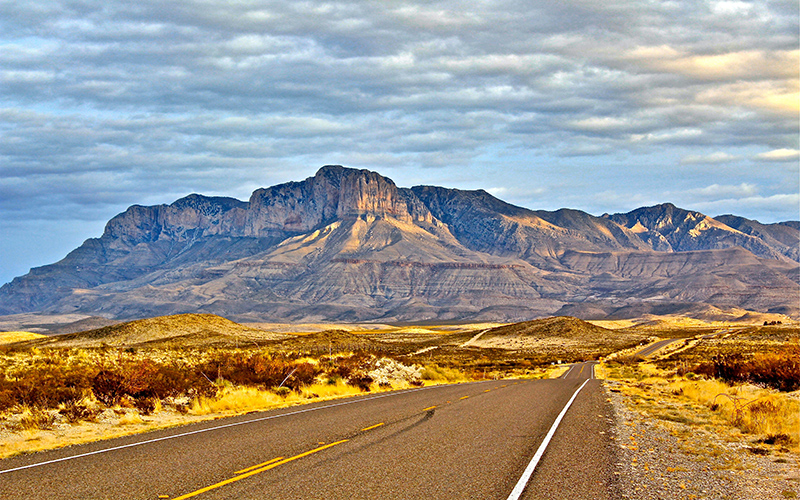
Found in far West Texas, Guadalupe Mountains National Park presents a dramatic landscape featuring rugged canyons and fossilized reefs. It is also home to the tallest peak in the state: Guadalupe Peak. This underrated park is a haven for hikers, with over 80 miles of trails ranging from easy walks to more extreme summit climbs.
Here, you can find how cactus flowers, blooming yuccas, and native grasses can turn the typically dry terrain into a more vibrant view. During cooler months, you may find it easier to tackle some of the more challenging hikes, like the Devil’s Hall Trail or the Guadalupe Peak Trail.
As with many lesser-known US National Parks, one of the biggest draws here is the peaceful ambiance. You might go hours on a trail without seeing another person, giving you a rare sense of isolation and peace.
5. Voyageurs National Park, Minnesota
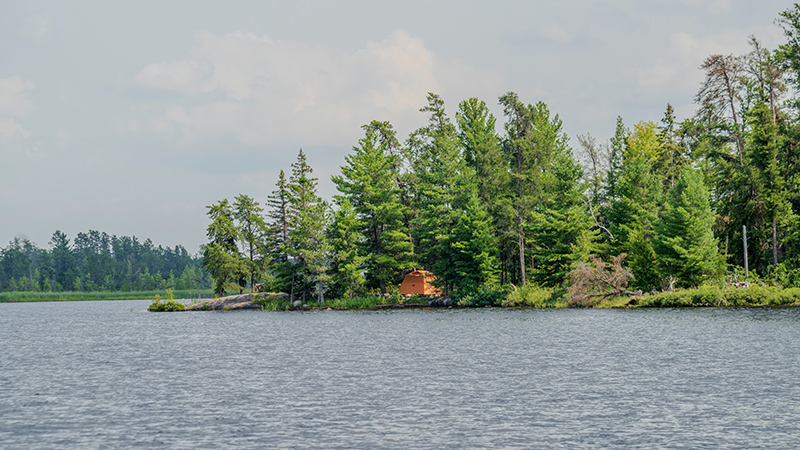
Looking for a national park that’s perfect for water activities? You’re in luck! This water-based park located near the Canadian border is a top, underrated spot for canoeists, kayakers, and houseboat enthusiasts.
What makes Voyageurs National Park unique is its set of interconnected waterways, rocky islands, and boreal forests.
The park is named after the French-Canadian fur traders who once navigated these same waters. When you come here, you can definitely feel a sense of adventure while paddling past remote caves and islands. It’s also a great spot for wildlife viewing. You can even spot moose, beavers, and various migratory birds here.
Because it’s primarily accessed by boat, Voyageurs sees far fewer visitors than many other United States National Parks. This lets explorers at heart a more intimate and immersive experience.
6. North Cascades National Park, Washington

Many call the North Cascades National Park the “American Alps.” Here, you can find many saw-edged peaks, breathtaking alpine lakes, and more glaciers than in any other US National Park outside Alaska. Although even with its dramatic landscape and how close it is to Seattle, it’s still one of the most underrated national parks in the country.
When you come here, you can follow the lower trails to find waterfalls and wildflowers. Ross Lake and Diablo Lake, known for their vivid turquoise hues, are especially photogenic in spring. Hiking, backpacking, and scenic driving along Highway 20 offer easy access to this pristine wilderness.
For anyone wanting big mountain views without the crowds of Glacier or Rocky Mountain National Park, the North Cascades offer a compelling alternative.
7. Wrangell-St. Elias National Park, Alaska
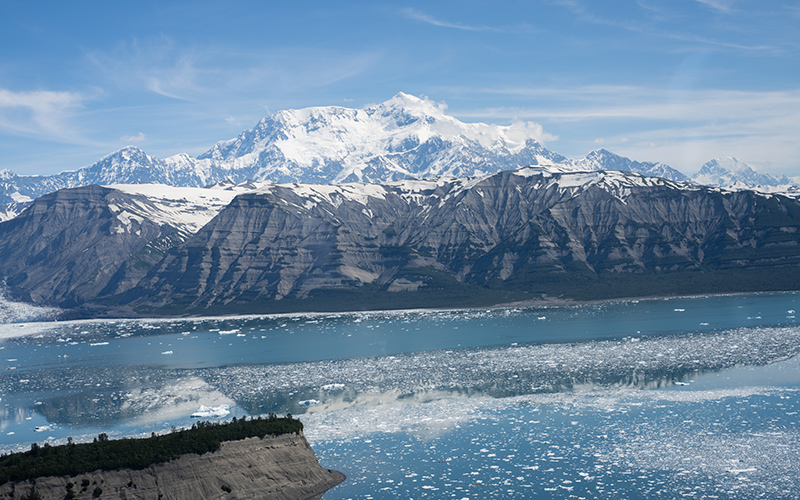
Wrangell-St. Elias is the largest of all US National Parks—larger than Yellowstone, Yosemite, and Switzerland combined. However, it’s also one of the least visited. This Alaskan behemoth offers towering peaks, massive glaciers, and endless wilderness. For those ready to venture off the beaten path, it promises an unforgettable experience.
Spring here starts later than in the lower 48, usually in late May or early June. However, early-season visitors are rewarded with blooming tundra, active wildlife, and long daylight hours. You can hike on glaciers, visit historic mining sites, or simply marvel at the park’s sheer scale.
This park isn’t for the faint of heart, but for those craving adventure and solitude, it’s an unparalleled destination among the United States national parks.
Planning Tips for Your National Park Trip
Looking to organize a trip for your friends and family to a national park? Here are some tips that you can follow:
- Check seasonal accessibility. Some parks have high elevations or remote areas that may still be snow-covered or closed in spring.
- Pack for variable weather. Spring conditions can change quickly, especially in mountainous or desert regions.
- Book transportation and lodging early. While these parks are less crowded, accommodations near them can still be limited.
- Be prepared for limited services. Some of these parks are more rugged and remote, with fewer visitor centers, cell reception, or amenities.
Discovering Nature’s Beauty
There’s no denying the draw of the big-name US National Parks. But if you’re looking for a more relaxed, uncrowded, and often more rewarding experience, the lesser-known parks of the United States are calling. This spring, trade traffic jams for trail solitude, selfie-stick battlegrounds for peaceful overlooks. Rediscover the magic of nature on your own terms.
RELATED ARTICLES:
- Tennessee’s Late-Winter Bucket List: Things To Do Before Spring
- 7 Winter Activities For HOA Communities Everyone Can Enjoy
- 7 Top Spots For Tent Camping In North Carolina This Summer

